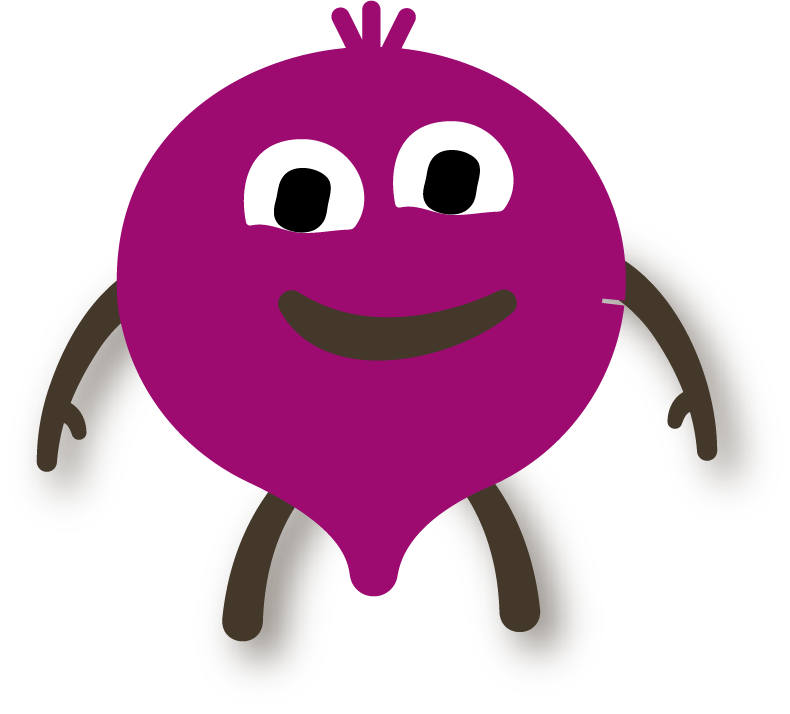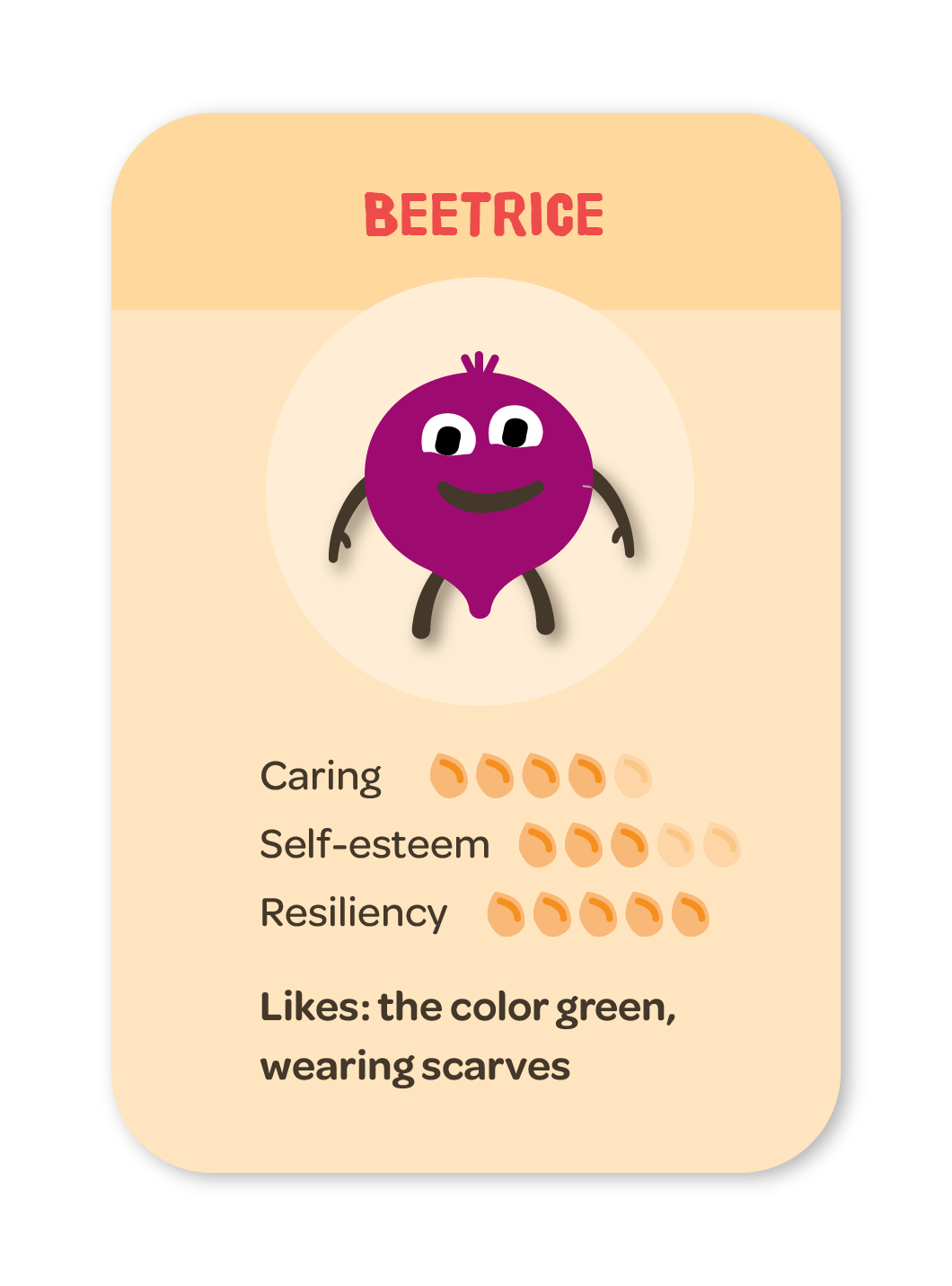Welcome to our lesson on Transitions
- In this section, you will learn
- What transitions are
- Why transitions are important
- How to use transitions to improve behaviors

transitions overview
What are transitions?
- Giving children time to prepare for what will happen next
- Letting children finish what they are doing before moving to the next activity
- Preparing children for something that will happen in the next week or month.

What do transitions sound like?
- "In 5 minutes we will go upstairs and brush our teeth." ... "In two minutes it will be time to brush our teeth." ..."Time to go brush our teeth."
- "It's about time to leave the playground. You can choose one more thing to do before we leave."
- "When this show is over, then it will be time to get ready for bed."
- Singing a clean-up song for young children at clean-up time
- Creating a routine so children know what will happen throughout the day. It is helpful to make a visual schedule chart with pictures.

Transitions live in action
Why are transitions important?
Click below to read more:
It doesn’t feel good to have to stop what you are doing abruptly. It is easier to listen when you have time to finish what you are doing first.
- Try 5-minute and 2-minute warnings if your child is playing.
- Say something like “at the end of this show” if your child is watching a show. Or, “when you finish that page” if your child is reading.
- Imagine you are at the playground or somewhere with lots of short activities. A good transition might be “You can choose 2 more activities, then we will leave.”
- For young children, phrases like “that was fun, but now it’s done” and songs can make transitions easier.
We all prefer to avoid things we find boring or difficult. Transitions give your child time to feel unhappy and realize they still have to do it.
- Try time transitions (5 minutes, 2 minutes) to let your child prepare to end a fun activity.
- Tell your child about a fun activity you’ll do after the boring or difficult activity. For example, “After this appointment, we’ll stop at the park.” “After you finish your homework, we can play a game.”
Daily routines and schedules are very helpful in this situation. Here are some examples:
- Try writing each activity for the day (for example, eat breakfast, drive to school, playground time, math class) on a separate index cards and place them in order. Your child can look through them at any time during the day to know what comes next.
- Create a morning checklist with words and pictures of each step in getting ready. Have your child check each one as they complete it.
- Write out the daily and weekly schedule and hang it where you child can see it. Point out what step you are on and what comes next throughout the day.
Some children have regular stressful events, like switching parents’ houses, seeing a doctor, and visits with family. Pay attention to how you transition before and after these events.
- Spend 2-5 minutes playing or doing something fun before the event. This helps your child stay calm.
- Make a transition routine with your child. Maybe you sing a song and give a hug, press handprints together, or have a special phrase you say. Be consistent, so your child finds comfort in the routine.
- After the event, have a similar transition routine. Try to spend 2-5 minutes playing or doing something fun. This will help your child regulate.
Big events will happen. For example, children might have a new sibling, move, change schools, have a parent go away for work, or go on vacation. Help your child prepare for these events using transitions.
- Hang a calendar and cross off each day as you get closer to the event.
- Create a paper loop garland with one loop per day. Each day let your child remove one of the loops and tell you a reason they’re excited for the change.
- Talk about what life will be like after the change. What will be the same, and what will be different?
- If appropriate, read books or watch movies about other children who have gone through similar events.
When and how should I use transitions?
Learn how transitions can be used by selecting a specific difficult behavior below.
More: Learn how transitions can be used by selecting a specific positive behavior/goal below.
caregiver Voices
Other caregivers share how they use transitions at home:
“They already know now that, ‘Hey, we gotta go. So whatever we’re doing, we just have a little bit longer and then we have to stop and then do whatever it is.’ And they know that, and they’re engaged a whole lot more. Now it’s no longer a fight anymore.”
“We did lots of counting down and reminders of ‘we’re gonna be here for four more minutes. We’re gonna be here for two more minutes, right. It’s time to find your last activity to do. And then we’re gonna say goodbye to the park.’ And that was also really, really helpful for him. So it wasn’t abrupt, ‘Okay, we’re done. We’re leaving.’ And that would inevitably end up in a meltdown.”
“The biggest improvement I’ve seen has been less drama when there’s a change from one activity to another, because we’ve given a heads up to the child that things are changing.”
Transitions quiz
Match the situation with the most appropriate transition. Do this by dragging the transition statements to the correct box.
Quiz Summary
0 of 1 Questions completed
Questions:
Information
You have already completed the quiz before. Hence you can not start it again.
Quiz is loading…
You must sign in or sign up to start the quiz.
You must first complete the following:
Results
Results
Time has elapsed
You have reached 0 of 0 point(s), (0)
Earned Point(s): 0 of 0, (0)
0 Essay(s) Pending (Possible Point(s): 0)
Categories
- Not categorized 0%
- 1
- Current
- Review
- Answered
- Correct
- Incorrect
-
Question 1 of 1
1. Question
Sort elements
- “After this episode, it will be time to get ready for bed.”
- “It’s almost time to go. Pick one more thing to do before we go.”
- “I’m setting a timer for 10 minutes so you can eat, drink, and rest, then it will be time for homework.”
-
It’s almost bedtime, and your child is watching a show.
-
You are at the playground and have to leave.
-
Your child has a lot of homework but is exhausted after school.
Ideas for fun transitions activities
2-5 minutes
Practice small transitions with turn taking. Start with one blank piece of paper. Have your child draw a small part of a picture (flower, cloud, cat). Give a transition like “after you finish your drawing, I’ll add to our picture.” Take turns drawing until you have a full picture. For even more fun, tell a story together as you draw. Each person’s drawing adds the next part of the story.
10-20 minutes
See how much you and your child can do in 2 minutes. Choose an activity and set a timer for 2 minutes. Then see how much of the activity you can finish before the timer goes off.
For example, how many jumping jacks can you do in 2 minutes? How big and sturdy of a tinfoil boat can you make in 2 minutes? How many blocks can you stack in 2 minutes?
Create short stories about important activities. Add pictures! This is especially helpful for Autistic children and children who have trouble remembering to do the things you want them to do. Check out example story cards from Sesame Street here.
Reflection
Think about how you can use transitions at home:
Hooray! You've learned a new skill: Transitions

Login/Enroll to track your progress and mark this lesson complete.


